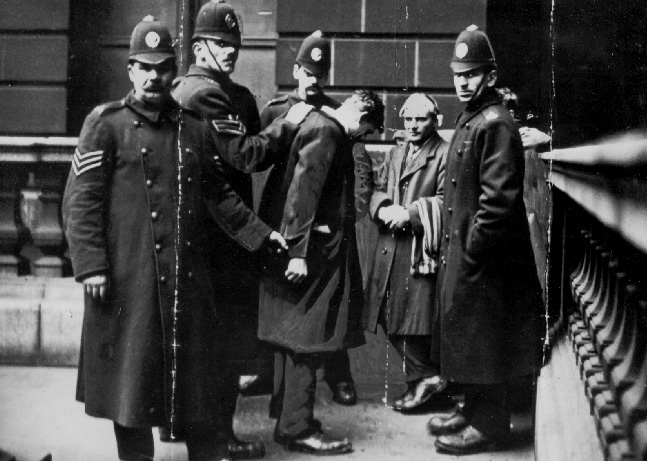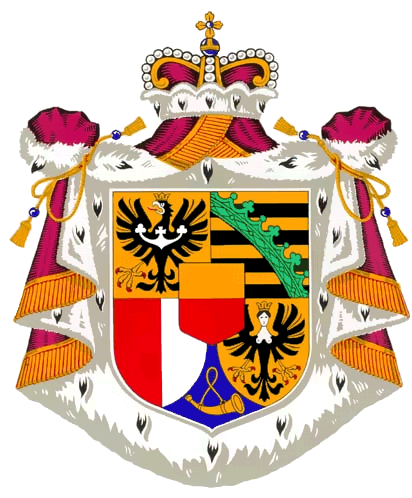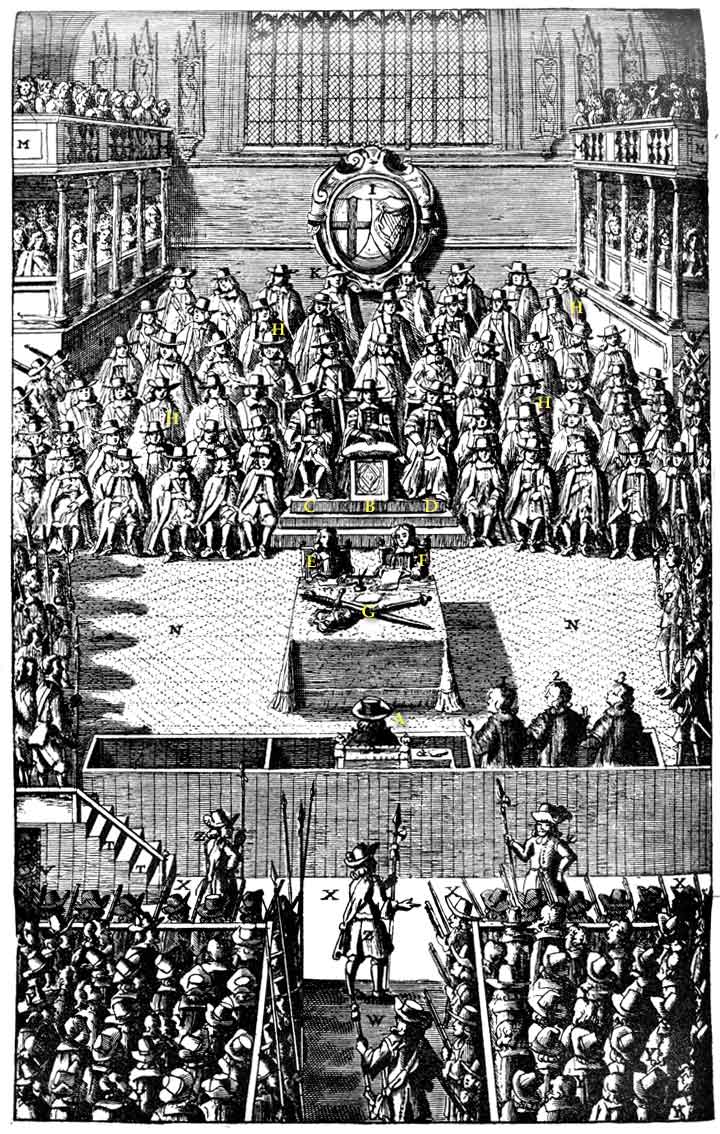 In the 1910s and 1920s the urban sprawl around Glasgow, including the towns Clydebank, Greenock, and Paisley were centres of working class radicalism. This era, known as 'Red Clydeside' involved strikes and other forms of labour unrest as well as opposition to the First World War and rent strikes. After the end of the war the Clydeside trades unions organised a campaign for the reduction of the working week to forty hours from fifty-four to improve conditions and create jobs for the returning troops who swelled the ranks of the unemployed.
In the 1910s and 1920s the urban sprawl around Glasgow, including the towns Clydebank, Greenock, and Paisley were centres of working class radicalism. This era, known as 'Red Clydeside' involved strikes and other forms of labour unrest as well as opposition to the First World War and rent strikes. After the end of the war the Clydeside trades unions organised a campaign for the reduction of the working week to forty hours from fifty-four to improve conditions and create jobs for the returning troops who swelled the ranks of the unemployed.
The Scottish Trade Union Congress and the Clyde Workers' Committee called a strike and organised a large rally on 31st January 1919 in George Square, Glasgow. A crowd of between sixty- and ninety-thousand gathered to hear the result of a meeting between of strike leaders and the Lord Provost. During the meeting scuffles broke out between the strikers and the police. Various causes have been attributed to the outbreak of violence including an unprovoked baton charge by the police, and the continued use of trams through the square during the meeting.
Whatever the cause, the delegation themselves became caught up in the pitched battles when they left the meeting to attempt to calm the strikers. Police attacks on the crowd, which included women and children, were met with the retaliation of strikers and their improvised weaponry that included stones, bottle and iron railings. Running battles continued for hours through central Glasgow in what became known as 'Bloody Friday.'
In the aftermath, not only did the authorities arrest the leaders of the strike, but they also sent around 10,000 English soldiers to Glasgow along with a number of tanks. The authorities confined Scottish troops to their barracks for fear that they may join their fellow Scots in open revolt. Since it was only fourteen months since the Bolshevik revolution in Russia, the Coalition government may have feared that a similar insurrection was in the offing.
Ten days after the riot, the strike leaders called off the action after securing a 47-hour week. Those who the police took into custody faced trial at the High Court of Justiciary in Edinburgh, which found them guilty. Manny Shinwell, William Gallacher and David Kirkwood each served several months in prison with each later being elected as Members of Parliament.
The University of Strathclyde website hosts a number of pages dedicated to Red Clydeside: A history of the labour movement in Glasgow 1910-1932.Related posts
London Corresponding Society founded: 25th January 1792
Peterloo Massacre: 16th August 1819
Haymarket Affair: 4th May 1886








































